
The strongest driver in the GDR in the early 1950s
“Petrus” achieved its first successes in 1950 with his “ZPH” and its two-stroke engine with rotary valve from Daniel Zimmermann. In the following year, it was a matter of further improving the stability. The strongest challengers this season were IFA-DKW with the experienced driver Erhart Krumpholz and Jochen Seidel from Berlin. Like Bernhard, the latter was on the road with a self-made “JSB”. The basis for this was a tuned 125cc Puch, built from 1940 to 1950 in a number of around 40,000 copies. A special technical feature of this make was the single cylinder double piston engine. Drivers like Hermann Paul Müller and other West Germans were of course even more dangerous than Seidel in international races. Usually these pilots had significantly better equipment than the men from the GDR.
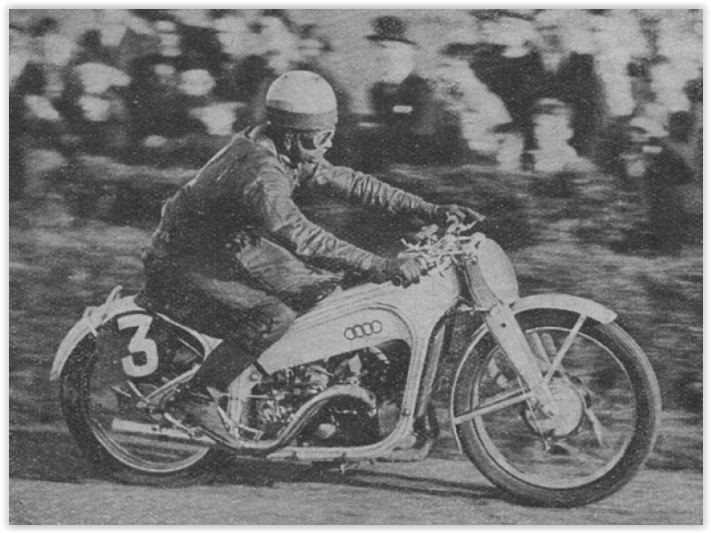
1951 season kick-off – with a bang
Bernhard’s second season with the ZPH could hardly start more successfully than it started for him on April 22nd. In the 125cc race on the Halle-Saale loop, which then was part of the GDR championship, he won immediately. Second was Andreas Olmann from the Motor Chemnitz group on “IFA RP”. “Petrus” couldn’t care less that his ZPH was then referred to as IFA-DKW in the press report. More than 200 thousand spectators are said to have lined the 5.625 km long route that celebrated him as one of the heroes of the day. In the next run of the GDR championship in the city park of Leipzig, Bernhard did not go well. But only one year later, Petruschke’s time in the race, also known as “Rund um das Scheibenholz”, was to come.
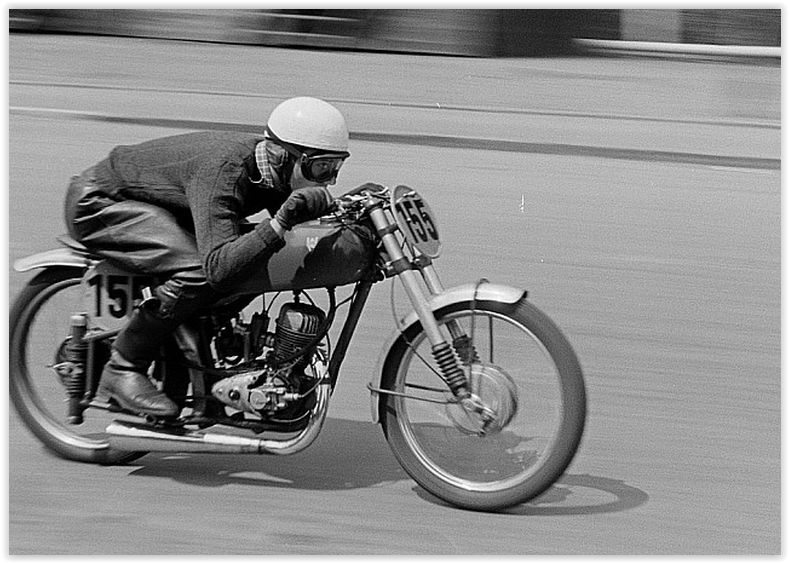
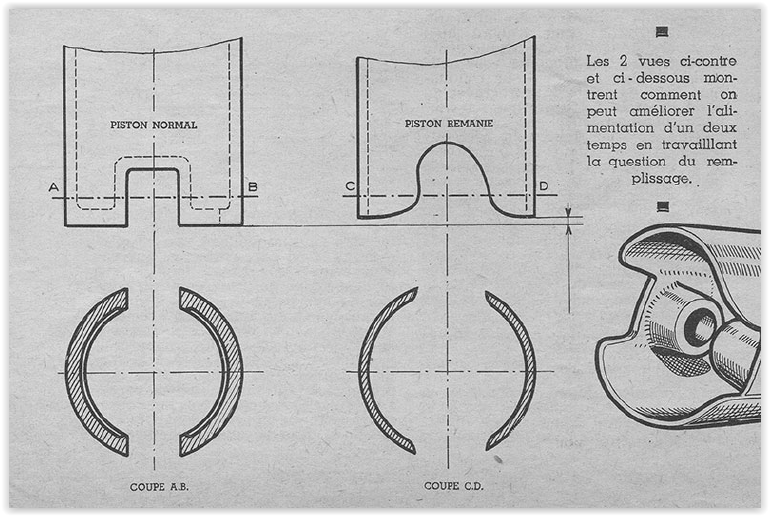
Dresdner Autobahnspinne (“freeway spider”)
On the occasion of the race on the Dresden-Hellerau motorway spider, it was a premiere in 1951. The route was quite unusual with three switchbacks. Similar to Salzburg-Liefering, it was a section of the motorway, which at that time was often used as the basis for courses on public roads due to its width. This time Petruschke was again involved in the fight for victory in the 125 cc race. In the end, however, he was defeated by Jochen Seidel from Berlin with his JSB based on Puch. Third place went to the Dresden Kaute on DKW. Incidentally, in the press report on Bernhard’s Bike again it said IFA-DKW, in the GDR political influenced press people liked to cheat on purpose. The selective handling of the truth was prescribed by the government in the former”workers and peasants state”. Today we know similar phenomena, except that our time is mostly about money.

Translated report from “Neues Deutschland” – a GDR newspaper in 1951:
In detail, the third championship run for cars and motorcycles on the Autobahn spider in Dresden-Hellerau with the following results: Championship races of the licensed drivers: Solo machines
125cc: 1st Seidel (Berlin) Puch 51: 08.9 (90.70 km / h), 2. Petruschke (Berlin) IFA- DKW 51.10.9, 3. Kaute (Dresden) DKW 53: 13.8 min.
250cc: 1. Honig (Langenstrieges) DKW Ladepumpe (charge pump) 57: 56.6 (100.08 km / h), 2nd Hoffmann (Zwickau) DKW Ladepumpe 58: 03.4 min.
350cc: 1. Ameismaier (Augsburg) AJS 54: 20.2 (106.72 km / h), 2nd Michael (Erfurt) Norton 54: 20.4 min.
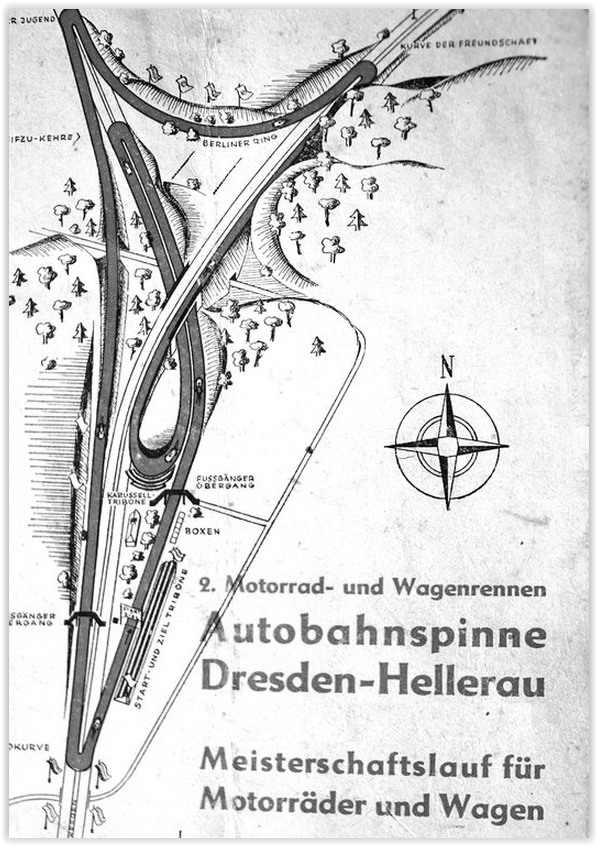

The first foreign victory after the war
At the time, the trip to the “socialist brother country” Hungary was no easy feat. But Petruschke dared the adventure of a trip to Budapest and took part in the race on the Városliget course in the city park of Budapest in the 125cc class. He was promptly rewarded for this and on July 1, 1951, he won his first foreign race after World War II with his ZPH. The exertion of the journey was more than worth it. After the return there was an exuberant reception at home. GDR riders Woitina and Bernhard Petruschke received the gold motorsport badge in Hungary. The rather pompous words in the following excerpt from the reporting were completely normal for the GDR at that time. It can be assumed that it was a particularly overzealous party member who reported on the trip to the land of the Magyars.

Result of the GDR championship
The IFA competition with Erhart Krumpholz as the strongest driver had more and more problems in most races to keep up with “Petrus” on his rotary valve machine. After his success in Budapest, he was able to cope with going empty-handed at Schleizer Dreieck a week later. The race was won by Krumpholz ahead of Harald Linke (Neukirchen) and the Chemnitz-based Andreas Ellmann (all IFA-DKW). This time Seidel finished 4th with his Puch self-made construction. In the second half of the season, not everything went according to plan for “Petrus”.

East German championship 1951
The GDR championship title in the 125cc class did not go to an IFA-DKW driver, but to Jochen Seidel with his own tuned JSB-Puch. Bernhard Petruschke at least won the 125cc runner-up title, ahead of the best Zschopau works-machine. ZPH Constructor Daniel Zimmermann and Bernhard Petruschke were once again very confident about the 1952 season. Purely based on the speed of their self-made rotary valve steered two-stroke engine, they were also allowed to be. The necessary consistency was also important, as the driver and designer were well aware of.



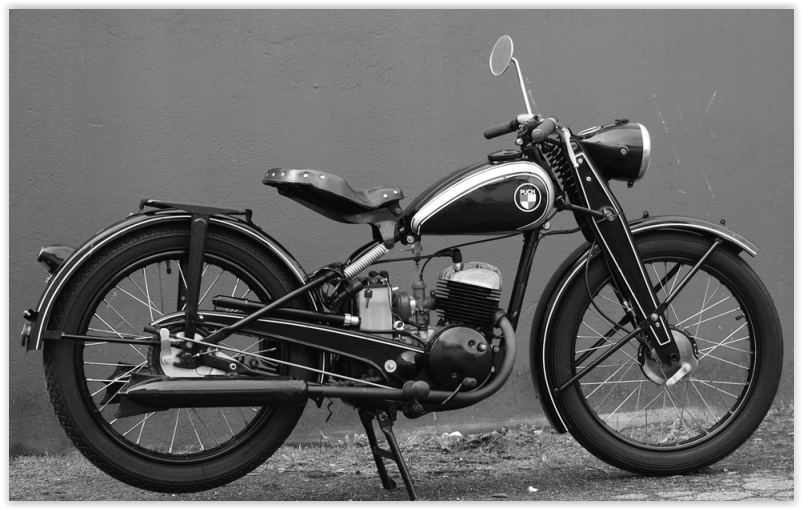
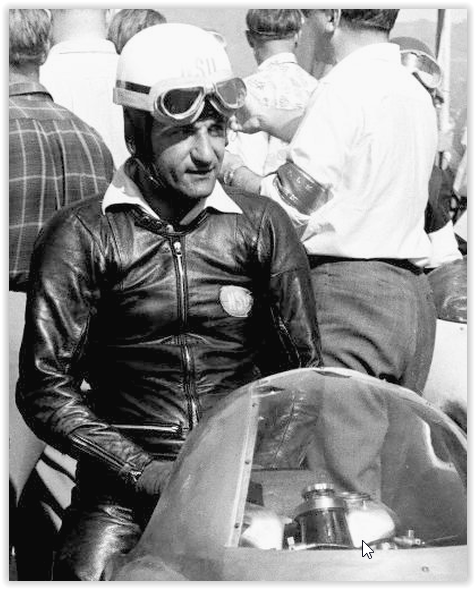
The most important successes of Petruschke’s first 2 years with the ZPH

For more see part 3 of the story about Bernhard Petruschke, coming soon ..
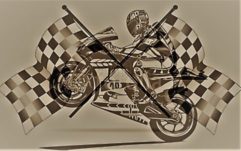
No Comments Yet